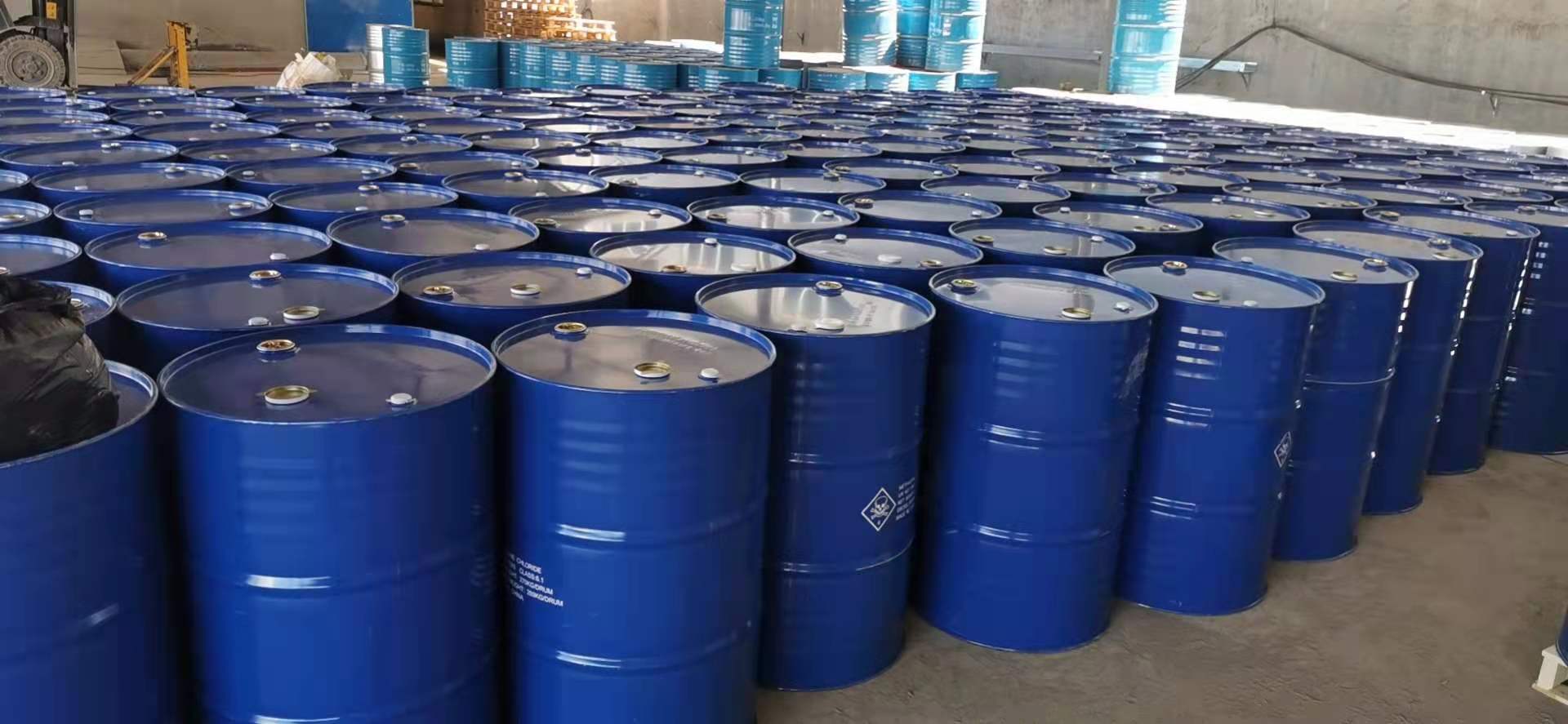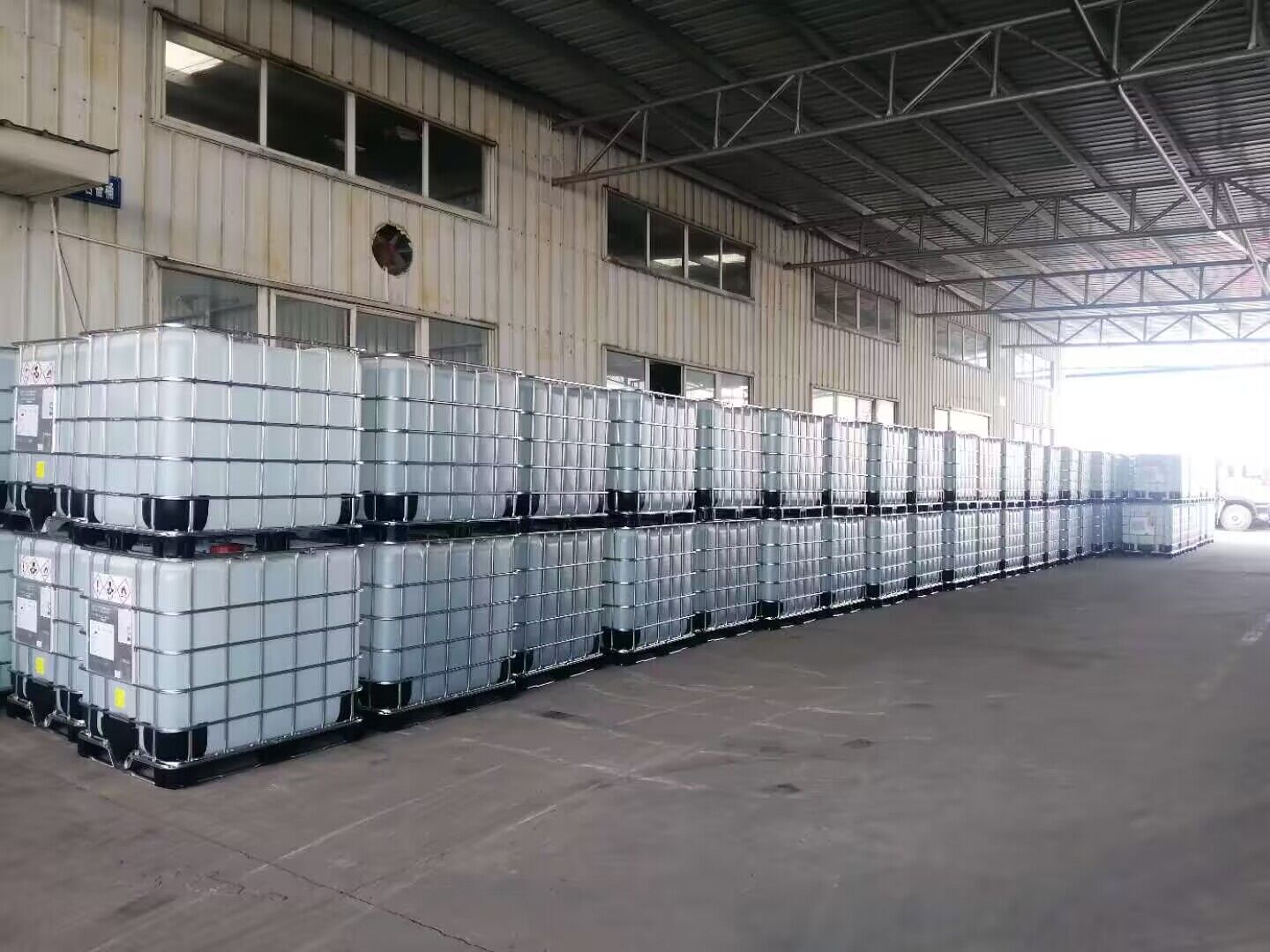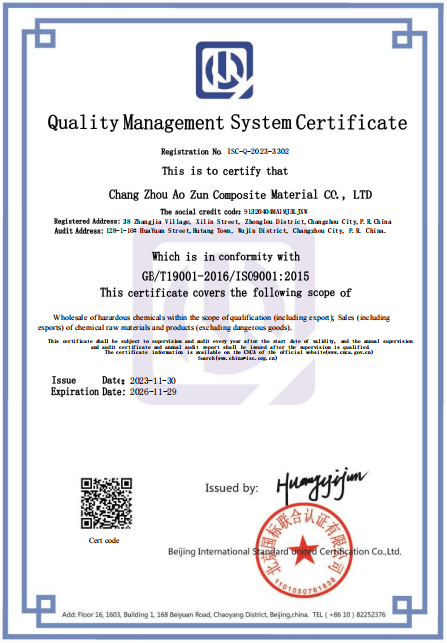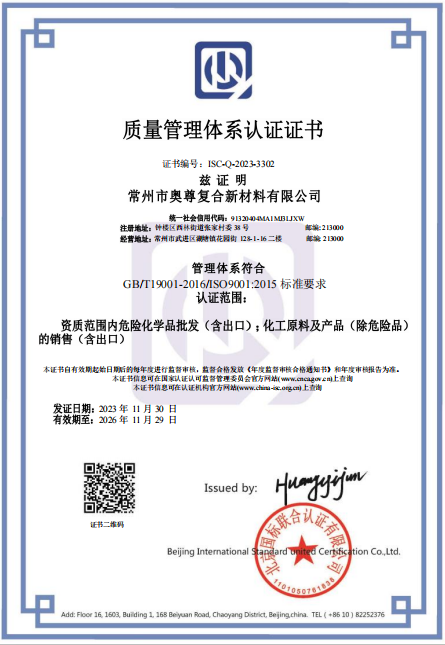As a leading manufacturer over 20 years. Our exquisite craftsmanship can meet all your requirements!
Colourless viscous liquid
141-43-5
| Availability: | |
|---|---|
Product Description
Product name | monoethanolamine |
Purity | ≥99% |
Heavy metals | ≤10 ppm |
Water | ≤1.0% |
Residue on ignition | ≤0.1% |
Each Impurity | ≤0.1% |
Total Impurities | ≤0.5% |
 Used as chemical reagents, pesticides, pharmaceuticals, solvents, dye intermediates, rubber promoters, corrosion inhibitors, and surfactants. It is also used as an acid gas absorbent, emulsifier, plasticizer, rubber vulcanizing agent, printing and dyeing whitening agent, fabric anti moth agent, etc. In addition, adding monoethanolamine can be used as a decolorizing agent in the production process of new energy biodiesel.
Used as chemical reagents, pesticides, pharmaceuticals, solvents, dye intermediates, rubber promoters, corrosion inhibitors, and surfactants. It is also used as an acid gas absorbent, emulsifier, plasticizer, rubber vulcanizing agent, printing and dyeing whitening agent, fabric anti moth agent, etc. In addition, adding monoethanolamine can be used as a decolorizing agent in the production process of new energy biodiesel.







Q1: May I get sample?
A1: Free sample is available, you only need to pay freight.
A2: Usually it will cost about 5 days after delivery.
A3: You can contact us about your order details by E-mail, WhatsApp, Skype, etc.
A4: We will test the goods and issue COA before delivery

content is empty!